I. Introduction
A. Importance of Apartment Floor Plan Design
When it comes to creating a harmonious and functional living space, the importance of apartment floor plan design cannot be overstated. The layout of your apartment not only affects how you move through your daily life but also plays a significant role in influencing your overall well-being. From the flow of natural light to the organization of furniture, every element of your apartment’s design hinges on the floor plan.
B. The Role of Floor Plans in Enhancing Living Spaces
Floor plans are the blueprints that transform bricks and mortar into cozy nests or chic urban retreats. They dictate how spaces are divided, how traffic flows, and where the heart of your home resides. A well-thought-out floor plan can maximize both space and comfort, while a poorly designed one can lead to frustration and wasted potential.
C. Purpose and Scope
In this comprehensive guide, we will delve deep into the world of apartment floor plan design. We’ll explore the fundamentals, various types of floor plans, the principles that guide their creation, and the tools you can use to bring your vision to life. Whether you’re moving into a new apartment or contemplating a renovation, this article will equip you with the knowledge and inspiration you need to craft the perfect apartment floor plan. So, let’s embark on this journey to create spaces that are not just beautiful but also functional and tailored to your lifestyle.
II. Understanding Apartment Floor Plan Basics
A. Definition of a Floor Plan
At its core, a floor plan is a visual representation of a space, typically viewed from above. It provides a bird’s-eye view of a room, an apartment, or an entire building, showing the arrangement and dimensions of various elements within that space. Think of it as a map that guides architects, designers, and homeowners in understanding and organizing the structure of a living space.
Related post: Why the Design and Build Concept is Ideal for Private Developers
B. Key Components of a Floor Plan
A well-crafted floor plan encompasses several vital components that work in harmony to create a functional and aesthetically pleasing living environment. These components include:
1. Room Layout
The room layout is the foundation of any floor plan. It outlines the location and dimensions of each room within the apartment. This includes bedrooms, living rooms, kitchens, bathrooms, and any additional spaces like home offices or walk-in closets. The room layout serves as the starting point for designing how each space will be used and how they relate to one another.
2. Traffic Flow
A well-designed floor plan also takes into account the flow of traffic within the apartment. Efficient traffic flow ensures that you can move seamlessly from one room to another without encountering obstacles or congestion. Considerations include the placement of doorways, hallways, and the arrangement of furniture to create clear and intuitive pathways.
Related post: 4 Sources of Best House plans for sale in Kenya
House Plans in Kenya Per Categories
Flat Roof House Designs
Five Bedrooms House Plans
Church House Plans
Bungalow House Plans
Bedsitters
Apartment House Plans
Three Bedrooms House Plans
Rental
One Bedroom House Plans
Maisonette House Plans
Four Bedrooms House Plans
3. Space Utilization
Space utilization is all about making the most of the available square footage. It involves strategically arranging furniture and fixtures to maximize functionality and comfort. This component plays a crucial role in smaller apartments where every inch counts. Creative use of space-saving techniques can open up possibilities for storage, multi-functionality, and even the illusion of a larger living area.
4. Measurements and Scale
Accurate measurements and scale are fundamental to creating a floor plan that translates into a real-world living space. This component involves representing the actual dimensions of walls, doors, windows, and other architectural features in proportion to each other. Without proper measurements and scale, the floor plan may mislead, resulting in impractical designs and potential construction issues.
Understanding these key components is the first step toward mastering the art of apartment floor plan design. As we move forward in this guide, we’ll explore how these elements interplay with one another to create floor plans that cater to your unique needs and preferences.
III. Factors Influencing Apartment Floor Plan Design
Creating an ideal apartment floor plan requires a careful balance between aesthetics, functionality, and practicality. Several key factors come into play, shaping the design to meet the specific needs and constraints of the occupants and the space itself.
A. Lifestyle and Needs of the Occupants
The first and foremost factor influencing apartment floor plan design is the lifestyle and needs of the people who will call it home. Each individual or family has unique preferences and requirements. Considerations might include:
- Family Size: The number of occupants significantly impacts the number and size of bedrooms and common areas.
- Ages of Occupants: Families with young children may need play areas or childproofing measures, while empty nesters may prioritize spacious living areas.
- Hobbies and Interests: Special interests like home offices, art studios, or fitness rooms can dictate the layout of additional rooms.
- Entertainment Style: Those who enjoy hosting gatherings may need open-concept kitchens and living rooms for seamless socializing.
B. Apartment Size and Layout
The physical dimensions and layout of the apartment are fundamental factors that influence design choices. Different-sized apartments offer various possibilities and constraints. For instance:
- Small Apartments: Space-saving solutions and multi-functional furniture may be crucial in optimizing limited square footage.
- Large Apartments: Larger spaces provide more freedom for room allocation and versatile layouts, but they can also be challenging to furnish cohesively.
- Apartment Shape: Irregularly shaped apartments may require creative design solutions to make the most of uneven or unconventional spaces.
C. Budget Constraints
Budget considerations are integral to any design project, and apartment floor plans are no exception. Setting a budget early on helps determine the scope of your design, including materials, fixtures, and potential renovation work. Design choices may need to align with your financial limits, influencing factors like:
- Material Selection: High-end materials might be reserved for essential areas, while more budget-friendly options are used elsewhere.
- Architectural Changes: Extensive structural modifications can be costly, so working with the existing layout may be more budget-friendly.
- Furniture and Fixtures: The budget can affect the choice of furniture and fixtures, including whether to invest in custom pieces or opt for off-the-shelf solutions.
D. Architectural Constraints and Building Regulations
The architectural features and building regulations of the apartment complex play a significant role in floor plan design. These constraints include:
- Load-Bearing Walls: The location of load-bearing walls can limit design flexibility, requiring careful consideration in room allocation.
- Building Codes: Compliance with local building codes, fire safety regulations, and accessibility standards is non-negotiable and may impact layout decisions.
- Utility Access: The placement of plumbing, electrical, and HVAC systems can affect the layout and may require adjustments to accommodate essential services.
Related Post: Exploring Diverse House Designs in Kenya Context
Understanding and navigating these factors is essential to creating a floor plan that not only meets your aesthetic and functional goals but also adheres to practical constraints and regulations. In the following sections of this guide, we will explore how to integrate these considerations into your apartment floor plan design effectively.
IV. Types of Apartment Floor Plans
Apartment floor plans come in various styles, each offering unique advantages and catering to different lifestyles and design preferences. Understanding these types of floor plans can help you make informed decisions when designing your ideal living space.
A. Open Floor Plans
1. Advantages
Open floor plans have gained immense popularity in recent years for several compelling reasons:
- Enhanced Social Interaction: Open layouts create a seamless flow between living spaces, making it easier for family members or guests to interact while engaging in different activities.
- Natural Light and Airflow: Fewer interior walls mean better natural light penetration and improved airflow throughout the space, contributing to a bright and airy ambiance.
- Versatility: Open plans offer flexibility in furniture arrangement and usage, allowing you to adapt your living space to various needs, from entertaining to working from home.
2. Popular Layouts
- Kitchen-Dining-Living (KDL): This common open layout combines the kitchen, dining area, and living room into a single, interconnected space. It’s ideal for those who love to entertain and want a sense of togetherness in daily living.
- Loft Style: Loft apartments often feature a wide-open space with minimal interior walls, creating a sense of spaciousness. They are favored by urban dwellers looking for a contemporary and industrial vibe.
B. Traditional Floor Plans
1. Advantages
Traditional floor plans have stood the test of time and continue to offer several advantages:
- Defined Spaces: Traditional layouts feature distinct rooms with well-defined purposes, providing privacy and organization for different activities.
- Character and Elegance: Classic layouts often include features like formal dining rooms and cozy dens, adding a touch of elegance and charm to the living space.
- Noise Separation: Separate rooms can help contain noise, making traditional floor plans suitable for families with varying schedules or those who value quiet spaces.
2. Classic Layouts
- Single-Story Ranch: Characterized by a single level with separate rooms, ranch-style apartments are popular for their ease of living and accessibility, especially for older individuals.
- Colonial: Colonial layouts typically include a central hallway with rooms branching off it, providing a traditional and balanced design.
C. Combination Floor Plans
1. Blending Open and Traditional Designs
Many modern apartments don’t strictly adhere to either open or traditional styles. Instead, they incorporate elements of both to create unique and customizable floor plans.
- Semi-Open Plans: These designs feature partially open spaces, offering a compromise between open and traditional layouts. For example, a kitchen may open into a dining area, while living rooms remain more enclosed.
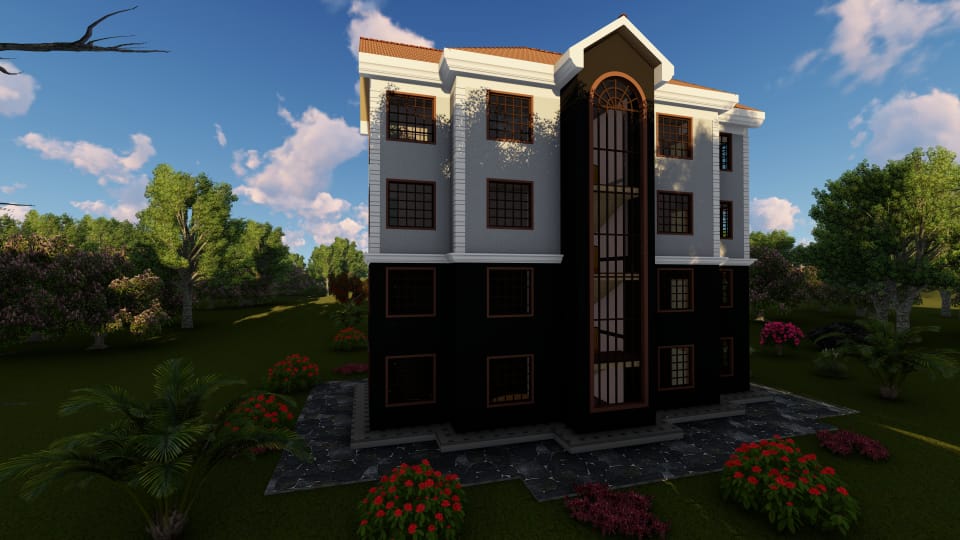
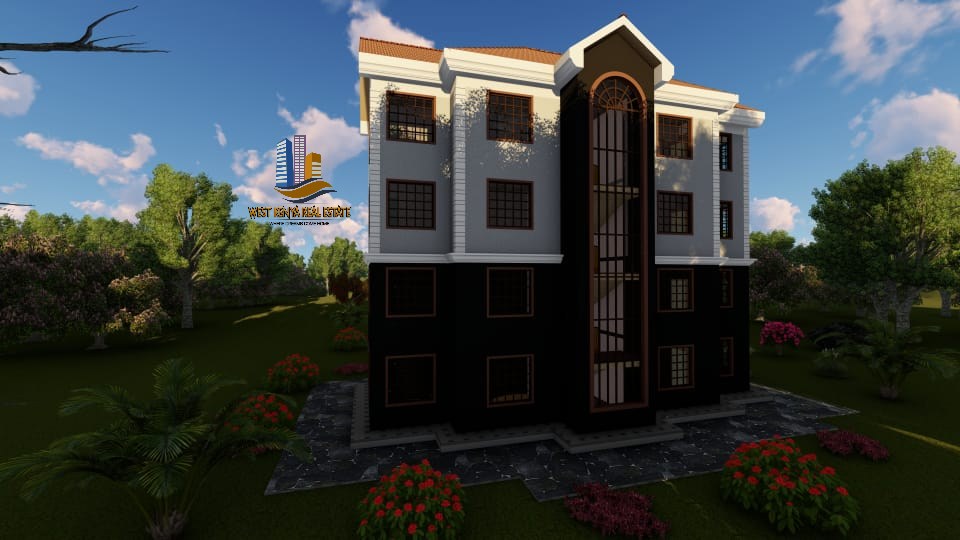

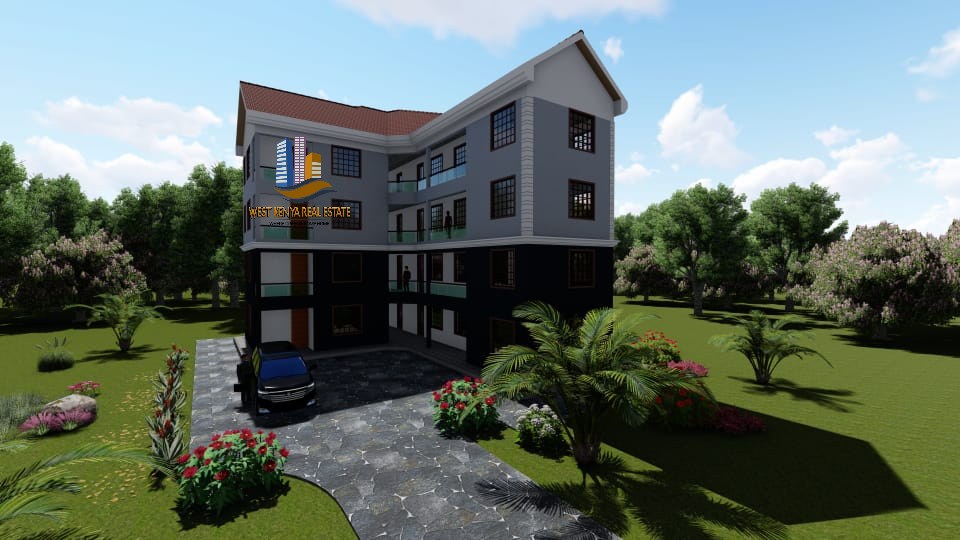
2. Customization Options
Combination floor plans provide an opportunity for creativity and customization. You can blend open and traditional elements to suit your lifestyle, considering factors like:
- Room Priority: Decide which areas you want to be open and which to be more enclosed based on your preferences and needs.
- Furniture Placement: Customize the placement of furniture and room dividers to create distinct spaces within a larger, interconnected area.
- Aesthetic Preferences: Mix and match architectural styles and interior design elements to achieve a unique and personalized look.
Understanding the pros and cons of these different types of apartment floor plans can help you make informed choices when designing your space. Whether you prefer the fluidity of open layouts, the structure of traditional plans, or a combination of both, your floor plan should align with your lifestyle and needs.
V. Design Principles for Apartment Floor Plans
Creating a well-thought-out apartment floor plan involves more than just arranging furniture. It requires careful consideration of design principles that optimize functionality, aesthetics, and comfort. Here are the key principles to keep in mind:
A. Flow and Circulation Patterns
- Clear Pathways: Design your floor plan with clear, unobstructed pathways that allow for easy movement between rooms. Consider the natural flow of foot traffic and ensure there are no tight bottlenecks.
- Furniture Placement: Arrange furniture to facilitate smooth circulation. Avoid blocking doorways and windows, and ensure there’s enough space to comfortably maneuver around each piece.
- Traffic Zones: Identify high-traffic zones and minimize the intrusion of traffic into quiet or private spaces. Using area rugs, screens, or furniture can help define and direct traffic.

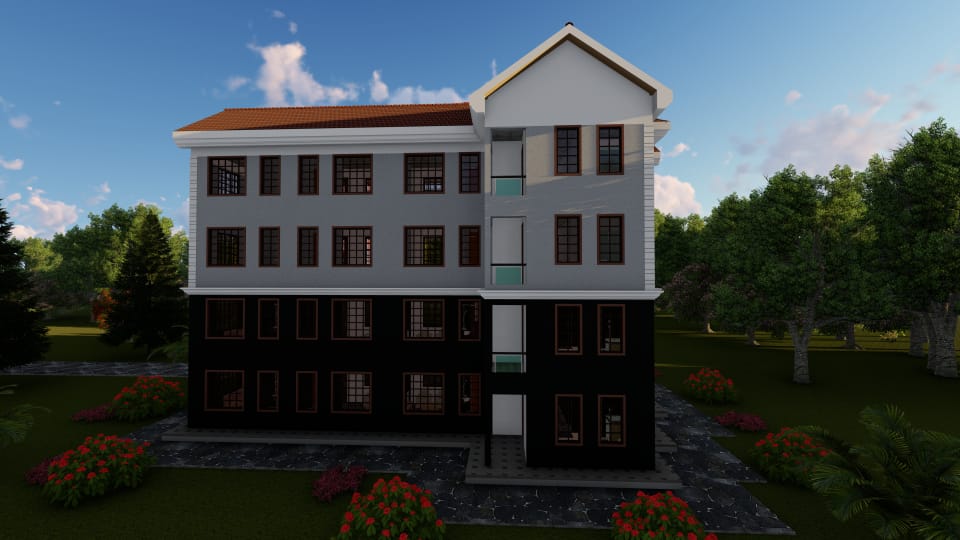

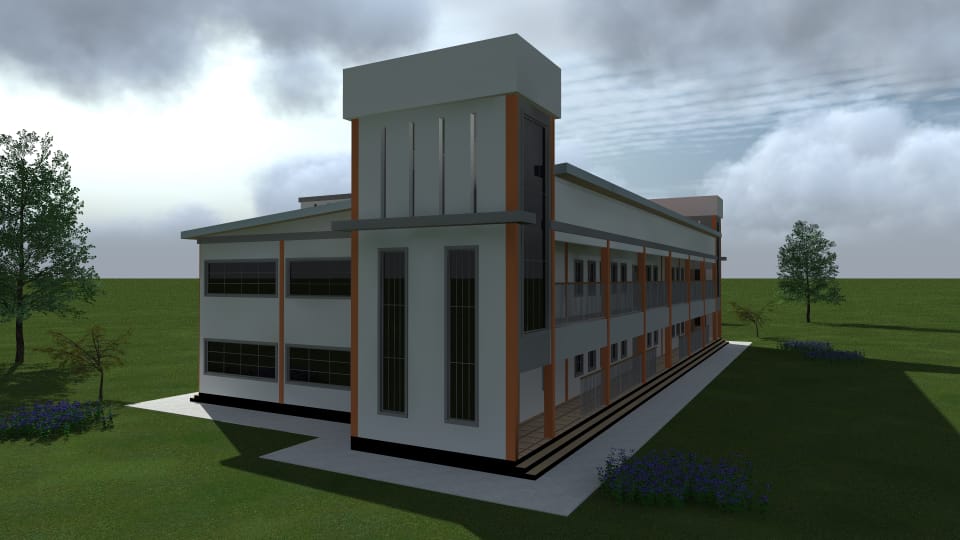
B. Zoning and Room Allocation
- Zoning: Divide your apartment into functional zones or areas based on activities. For example, create distinct zones for living, dining, working, and sleeping. This zoning creates a sense of purpose for each space.
- Room Allocation: Carefully allocate rooms based on their function and proximity. Place bedrooms away from noisy areas like kitchens and living rooms. Group related spaces, such as placing the dining area near the kitchen for convenience.
- Multi-Functionality: Explore opportunities for multi-functional spaces. For instance, a home office can double as a guest bedroom with a fold-out sofa or a Murphy bed.
C. Natural Light and Ventilation
- Maximize Natural Light: Position living areas and frequently used rooms to receive ample natural light. Consider the orientation of windows and their impact on daylight throughout the day.
- Cross-Ventilation: Optimize ventilation by strategically placing windows and openings to allow for cross-ventilation. This improves indoor air quality and comfort.
- Use of Mirrors: Reflective surfaces like mirrors can help bounce natural light deeper into interior spaces, making them feel brighter and more spacious.
D. Space-Saving Techniques
- Built-In Storage: Utilize built-in storage solutions like wall-mounted shelves, under-bed storage, and built-in closets to maximize space efficiency.
- Furniture Selection: Choose furniture that serves multiple purposes, such as a sofa bed or a dining table with storage. Consider modular furniture that can be rearranged as needed.
- Vertical Space: Make use of vertical space by installing tall bookshelves or cabinets to store items and keep the floor area clear.
E. Flexibility for Future Needs
- Adaptable Furniture: Invest in furniture that can adapt to changing needs. Pieces that can be easily moved, expanded, or repurposed allow your apartment to evolve with you.
- Neutral Base: Start with a neutral color palette and timeless design elements. This provides a versatile canvas for future decor changes and personalization.
- Consider Future Additions: If you anticipate changes in your household, such as welcoming a new family member or accommodating an aging relative, plan for these potential additions in your floor plan.
By incorporating these design principles into your apartment floor plan, you can create a space that not only looks appealing but also functions seamlessly for your current and future needs. These principles serve as a foundation for a well-balanced and harmonious living environment.
VI. Tools and Software for Apartment Floor Plan Design
Designing an apartment floor plan involves a mix of creativity, precision, and technical expertise. Fortunately, there are various tools and software options available to assist you in this endeavor. In this section, we’ll explore these tools and discuss the advantages of using them.
A. Introduction to Design Software
Design software refers to specialized computer applications that help architects, interior designers, and homeowners create detailed and accurate floor plans, 3D models, and visual representations of their design ideas. These tools streamline the design process, allowing for greater precision and visualization.
B. Benefits of Using Design Tools
- Accuracy: Design software enables precise measurements, ensuring that your floor plan reflects the actual dimensions of your apartment. This accuracy is essential for furniture placement and renovation planning.
- Visualization: Many design tools offer 3D modeling capabilities, allowing you to visualize how your apartment will look before making any changes. This helps in making informed design decisions.
- Efficiency: Design software speeds up the planning process by providing pre-made templates, libraries of furniture and fixtures, and easy editing tools. This efficiency can save you time and effort.
- Cost Savings: By visualizing your design in advance, you can avoid costly mistakes and design changes during construction or renovation.
C. Popular Software Options
- SketchUp: SketchUp is a user-friendly 3D modeling software that’s widely used in architecture and interior design. It offers a free version called SketchUp Free and a more feature-rich paid version called SketchUp Pro. It’s known for its intuitive interface and vast online library of 3D models.
- AutoCAD: AutoCAD is a powerful drafting and design software primarily used by professionals in the architecture and engineering fields. It allows for precise 2D and 3D modeling, making it suitable for complex projects. AutoCAD comes with a subscription-based pricing model.
- RoomSketcher: RoomSketcher is an online design tool specifically tailored for creating floor plans and 3D models of interior spaces. It’s user-friendly and offers both free and paid versions. RoomSketcher is ideal for homeowners and DIY enthusiasts looking to design their spaces.
D. Hiring Professionals vs. DIY Design
Whether to hire a professional designer or tackle apartment floor plan design as a DIY project depends on various factors:
- Complexity: If your apartment requires extensive structural changes, such as removing walls or altering the layout, it’s advisable to consult with an architect or interior designer to ensure safety and compliance with building codes.
- Budget: Hiring professionals can be more costly, but they bring expertise and can help you avoid costly mistakes. DIY design can be budget-friendly but may require more time and effort.
- Personal Comfort: Consider your comfort level with design software and your ability to translate your ideas into a practical floor plan. If you’re uncertain, seeking professional assistance may provide peace of mind.
- Project Size: Smaller design projects, such as redecorating or rearranging existing furniture, are often suitable for DIY design. Larger, more complex projects may benefit from professional input.
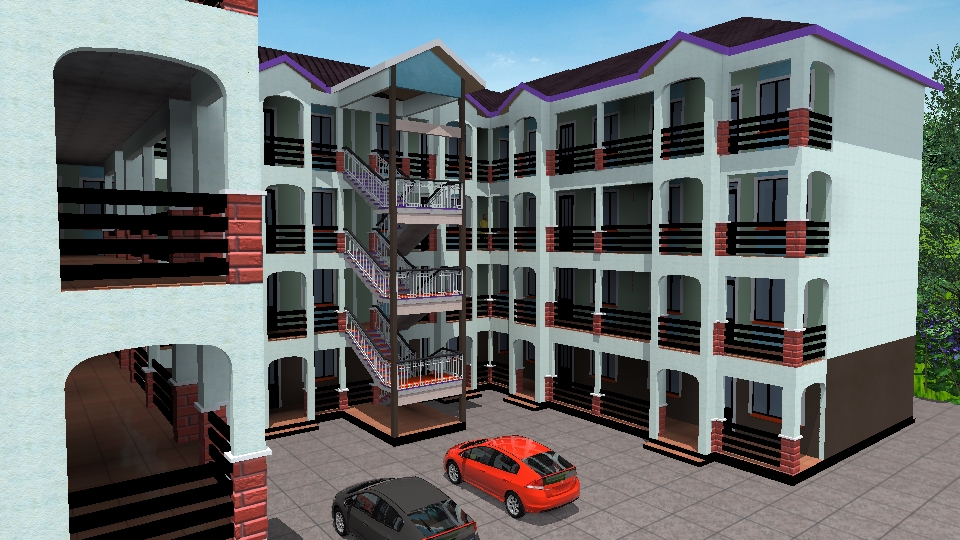
In conclusion, design tools and software offer valuable assistance in creating apartment floor plans. They provide accuracy, efficiency, and visualization capabilities, making the design process more accessible to homeowners and enthusiasts. However, the decision to use these tools or hire professionals should be based on the complexity of the project, budget, and personal preferences.
VII. Step-by-Step Guide to Creating an Apartment Floor Plan
Creating an apartment floor plan is a rewarding project that involves careful planning and attention to detail. This step-by-step guide will walk you through the process, from initial brainstorming to the final floor plan.
A. Initial Brainstorming and Needs Assessment
- Define Your Goals: Begin by identifying your goals and priorities for the space. Consider how you want to use each room and what elements are essential for your lifestyle.
- Gather Inspiration: Collect inspiration from magazines, websites, and social media platforms like Pinterest to get a sense of your design style and preferences.
- Evaluate Existing Space: If you’re working with an existing apartment, assess its strengths and weaknesses. Take note of architectural features, natural light, and any constraints that need to be addressed.
- Set a Budget: Determine a budget for your project. This will help guide your design choices and prevent overspending.
B. Sketching the Layout
- Measure Your Space: Take accurate measurements of your apartment, including the length and width of each room, window and door placements, and ceiling heights. Use a tape measure and graph paper for precision.
- Create Rough Sketches: Begin sketching rough layouts for each room on paper. Experiment with different arrangements and layouts to see what works best.
- Consider Traffic Flow: Think about how people will move through the space. Ensure clear pathways and avoid placing furniture in areas where it might obstruct movement.
C. Digital Design Using Software
- Select Design Software: Choose a design software or tool that suits your needs. Options like SketchUp, AutoCAD, or RoomSketcher can help you create a digital representation of your floor plan.
- Input Measurements: Input your room measurements and create a digital layout of your apartment. Use the software’s tools to draw walls, doors, and windows accurately.
- Experiment with Furniture Placement: Begin placing furniture and fixtures in your digital floor plan to see how they fit and function within the space. Make adjustments as needed.
D. Furniture Placement and Accessorizing
- Select Furniture: Choose furniture that complements your design style and fits within the space. Consider the scale of the furniture to ensure it’s proportionate to the room.
- Arrange Furniture: Experiment with different furniture arrangements within your digital floor plan. Focus on creating a balanced and functional layout.
- Accessorize and Decorate: Add decorative elements such as rugs, artwork, lighting fixtures, and accessories to enhance the overall aesthetic of the space.
E. Fine-Tuning and Revisions
- Review and Refine: Take a step back and review your digital floor plan. Look for areas that may need improvement in terms of flow, functionality, or aesthetics.
- Make Revisions: Make necessary revisions to your floor plan and furniture placement based on your review. Don’t be afraid to iterate until you’re satisfied with the design.
F. Seeking Feedback and Professional Input
- Share Your Plan: Share your floor plan with friends, family, or trusted colleagues to get their feedback and suggestions. Fresh perspectives can be invaluable.
- Consult Professionals: If you have complex structural changes or require expertise in interior design, consider consulting with an architect or interior designer. They can provide insights and guidance to refine your design.
- Finalize Your Plan: After incorporating feedback and making any final adjustments, you’re ready to finalize your apartment floor plan. This plan will serve as your roadmap for implementing your design.
Remember that creating an apartment floor plan is a dynamic process that allows for creativity and adaptation. Don’t be afraid to experiment and refine your design until it aligns perfectly with your vision for your living space.
VIII. Maximizing Space Efficiency in Apartment Floor Plans
In the realm of apartment living, space efficiency is key to creating a comfortable and functional environment. Regardless of your apartment’s size, there are several strategies you can employ to make the most of your available square footage. This section explores these strategies:
A. Smart Storage Solutions
- Vertical Storage: Utilize vertical space by installing tall bookshelves, cabinets, or wall-mounted storage units. This not only maximizes storage but also draws the eye upward, creating an illusion of height.
- Under-Bed Storage: Invest in storage beds with drawers or use under-bed storage containers to stow away items like clothing, shoes, or seasonal items.
- Built-In Cabinets: If you have the opportunity, consider built-in cabinetry along walls or under stairs. Custom-built solutions can make the most of irregular or unused spaces.
- Open Shelving: Open shelves can be both functional and decorative. Use them in kitchens, bathrooms, or living rooms to display items you use daily or to showcase your personal style.
- Furniture with Storage: Look for furniture with hidden storage compartments, such as ottomans with lift-up tops, coffee tables with built-in drawers, or sofas with storage under the seats.
B. Multi-Functional Furniture
- Sofa Beds: A sofa bed provides seating during the day and converts into a bed at night, making it perfect for accommodating guests in small apartments.
- Drop-Leaf Tables: Consider a drop-leaf dining table that can be expanded when needed and folded down to save space when not in use.
- Folding Furniture: Folding chairs and tables can be easily stored when not in use, freeing up valuable floor space.
- Modular Furniture: Modular furniture allows you to customize your setup by rearranging or adding components as needed, adapting to different functions and room layouts.
- Convertible Furniture: Explore convertible pieces like wall beds (Murphy beds) that can be folded up against the wall when not in use, creating extra floor space.
C. Layout Optimization Tips
- Open Sightlines: Maintain open sightlines within your apartment to create a sense of spaciousness. Avoid placing tall or bulky furniture in areas that block views through the apartment.
- Zoning: Clearly define different areas within your apartment using rugs, furniture placement, or room dividers. This delineates distinct zones for specific activities.
- Use Mirrors: Mirrors can visually expand your space by reflecting light and making rooms appear larger. Consider placing mirrors strategically on walls or closet doors.
- Neutral Color Palette: Opt for a neutral color palette for walls, flooring, and large furniture pieces. Lighter colors can make a room feel more open and airy.
- Streamlined Furniture: Choose furniture with clean lines and minimalistic designs. Bulky or overstuffed furniture can make a space feel crowded.
- De-Clutter Regularly: Regularly declutter your apartment to keep it organized and free of unnecessary items. A clutter-free space appears more spacious and inviting.
- Multi-Use Rooms: If space is limited, consider multi-use rooms, such as a home office that doubles as a guest bedroom or a dining area that functions as a workspace.
By implementing these space-maximizing strategies, you can transform your apartment into a functional and comfortable living space, regardless of its size. Careful planning and creativity are the keys to making the most of every square inch.
IX. Trends and Innovations in Apartment Floor Plan Design
As the world of interior design and architecture evolves, so do apartment floor plan trends. Staying updated with these trends can provide inspiration and valuable insights when designing or renovating your apartment. Here are some of the latest trends and innovations in apartment floor plan design:
A. Sustainable Design
- Green Building Materials: The use of sustainable and eco-friendly materials is on the rise. From recycled wood to low-VOC paints, these choices reduce the environmental impact of construction and improve indoor air quality.
- Energy Efficiency: Energy-efficient appliances, LED lighting, and smart HVAC systems are increasingly integrated into apartment designs to reduce energy consumption and lower utility costs.
- Green Spaces: Incorporating indoor plants, vertical gardens, and rooftop gardens not only enhances aesthetics but also promotes better air quality and connects residents with nature.
B. Smart Home Integration
- Smart Lighting: Apartment designs often include smart lighting systems that can be controlled via smartphone apps or voice commands. These systems offer energy savings and customizable lighting scenarios.
- Home Automation: The integration of smart home devices, such as thermostats, security systems, and voice assistants, into apartment designs adds convenience, security, and energy efficiency.
- Multifunctional Spaces: Smart furniture and modular designs are being equipped with built-in charging stations and connectivity features, making them an integral part of modern apartment layouts.
C. Cohabitation and Communal Living Trends
- Co-Living Spaces: Co-living is gaining popularity, especially among urban dwellers. Apartment floor plans are being designed to accommodate multiple tenants with shared common areas like kitchens and lounges.
- Shared Amenities: Many apartment complexes now include communal amenities such as rooftop terraces, fitness centers, co-working spaces, and social lounges, fostering a sense of community among residents.
- Flexible Layouts: Apartments are designed with flexible layouts that can easily adapt to changing needs, allowing for shared living arrangements among family members, friends, or roommates.
D. Wellness-Centered Layouts
- Natural Light: Wellness-centered designs prioritize the incorporation of ample natural light. Large windows, skylights, and glass walls are used to create bright and uplifting interiors.
- Biophilic Design: Biophilic elements, such as living walls, natural materials, and views of greenery, are integrated into apartment designs to enhance occupants’ mental and physical well-being.
- Fitness Areas: Apartments often include dedicated fitness areas, whether it’s a small in-unit gym or access to a communal fitness center, to promote an active lifestyle.
- Quiet Spaces: Designers are incorporating quiet and tranquil spaces within apartments, where residents can meditate, practice mindfulness, or simply relax away from the hustle and bustle of city life.
These trends reflect a growing emphasis on sustainability, technology integration, communal living, and wellness in apartment floor plan design. Incorporating these elements into your apartment layout can enhance your living experience and future-proof your space.
X. Case Studies: Successful Apartment Floor Plan Designs
To gain a deeper understanding of effective apartment floor plan design, let’s explore real-life examples of well-designed apartments and the lessons we can glean from them.
A. Real-Life Examples of Well-Designed Apartments
1. The Open Concept Loft:
- Layout: This spacious loft apartment features an open concept design, combining the living room, dining area, and kitchen into one expansive space. High ceilings and large windows flood the interior with natural light.
- Lesson Learned: Open concepts create a sense of spaciousness and are perfect for those who value social interaction and entertaining. However, defining distinct zones within the open layout is crucial to maintain functionality and organization.
2. The Small Studio with Hidden Storage:
- Layout: In a compact studio apartment, every square inch counts. This design incorporates built-in storage under the bed, a fold-out dining table, and wall-mounted shelves.
- Lesson Learned: Small spaces require creative storage solutions. Invest in furniture that serves a dual purpose and use vertical space to maximize storage capacity.
3. The Flexible Family Home:
- Layout: This family apartment features a flexible layout with sliding partitions and foldable furniture. The design allows for room reconfiguration as the family’s needs change.
- Lesson Learned: Flexibility is key in family apartments. Consider future needs, and design spaces that can adapt to various stages of family life.
B. Lessons Learned from These Case Studies
- Functionality and Flexibility: All these case studies emphasize the importance of creating functional and flexible spaces. Whether it’s an open concept or a compact studio, adaptability is crucial.
- Storage Solutions: Effective storage solutions are vital, especially in smaller apartments. Consider built-in storage, hidden compartments, and vertical shelving to maximize space.
- Natural Light: Large windows and an emphasis on natural light contribute to a sense of openness and well-being. Incorporating natural light into your apartment design should be a priority.
- Multi-Functional Furniture: Furniture that can serve multiple purposes is a common theme in successful apartment designs. Look for pieces that can be easily transformed or tucked away when not in use.
- Zoning: Even in open concept designs, clear zoning is essential. Define different areas for specific functions to maintain organization and comfort.
- Future-Proofing: Think ahead and design with the future in mind. Consider how your apartment can adapt to changes in your lifestyle, family, or work.
- Personalization: While there are trends and principles to consider, each apartment should ultimately reflect your personal style and preferences. Don’t hesitate to add unique touches that make it feel like home.
These case studies illustrate that successful apartment floor plan designs are not one-size-fits-all. They should be tailored to your needs, lifestyle, and available space, while also incorporating principles of functionality, flexibility, and aesthetics.
XI. Conclusion
Apartment floor plans are the blueprints of our daily lives, shaping the way we interact with our living spaces and influencing our overall well-being. As we conclude our exploration of apartment floor plan design, let’s recap their significance and the impact of well-designed floor plans on our quality of life.
A. Recap of the Importance of Apartment Floor Plans
Throughout this guide, we’ve underscored the crucial role apartment floor plans play in our lives:
- They provide a framework for organizing and optimizing space.
- They influence the flow of natural light, ventilation, and traffic.
- They accommodate our lifestyle needs, from work to leisure and relaxation.
- They can be tailored to reflect our personal style and preferences.
- They serve as a roadmap for turning bricks and mortar into a comfortable, functional, and aesthetically pleasing home.
B. Encouragement for Creative Design Exploration
Designing an apartment floor plan is an exciting journey that allows you to explore your creativity and craft spaces that resonate with your unique vision. Don’t be afraid to think outside the box, experiment with layouts, and seek inspiration from various sources. Whether you’re working with a compact studio or a spacious loft, there are design solutions waiting to be discovered.
C. The Impact of a Well-Designed Floor Plan on Quality of Life
A well-designed apartment floor plan can profoundly affect your quality of life:
- It enhances functionality, making everyday tasks more efficient and enjoyable.
- It promotes a sense of comfort and well-being, contributing to your mental and emotional health.
- It fosters social interaction and connectivity within your home, strengthening relationships with family and friends.
- It adapts to your evolving needs, ensuring your living space remains relevant and accommodating throughout life’s changes.
In essence, a thoughtfully crafted apartment floor plan is a foundation for a fulfilling and harmonious life within your home.
As you embark on your journey to design or redesign your apartment floor plan, remember that it’s not just about arranging furniture; it’s about creating spaces that support your aspirations, reflect your personality, and enhance your daily life. May your apartment floor plan be a canvas for your dreams and a sanctuary that nurtures your well-being.

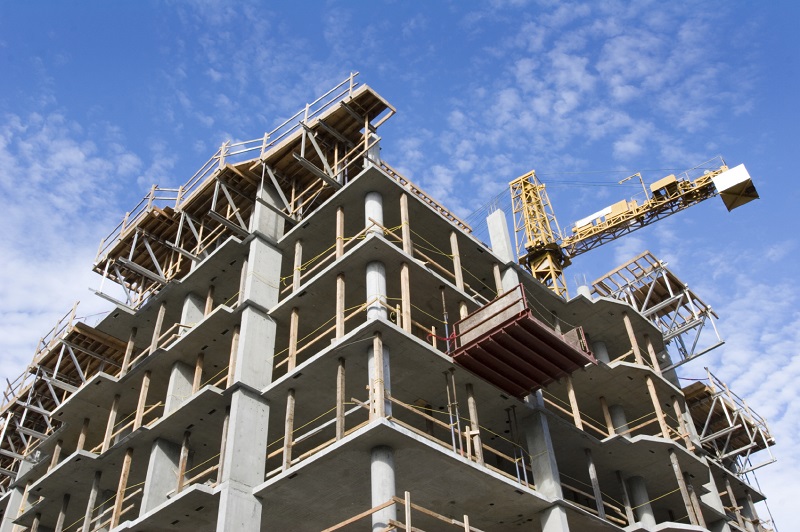



13 thoughts on “Crafting the Perfect Apartment Floor Plan: A Comprehensive Guide”